A Nobel pursuit
Real Climate
OCTOBER 12, 2021
Fortunately, Manabe recently wrote a retrospective on his early work in response to receiving the Crafoord prize in 2018. Manabe’s subsequent work led to the development of the GFDL GCM, initially just including the atmosphere, but eventually with an ocean, and then the transient results shown in Manabe and Stouffer (1993).


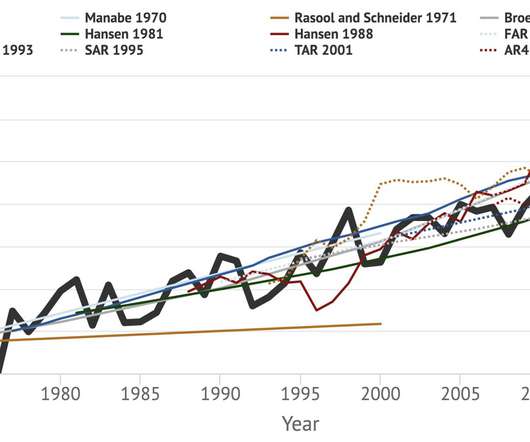
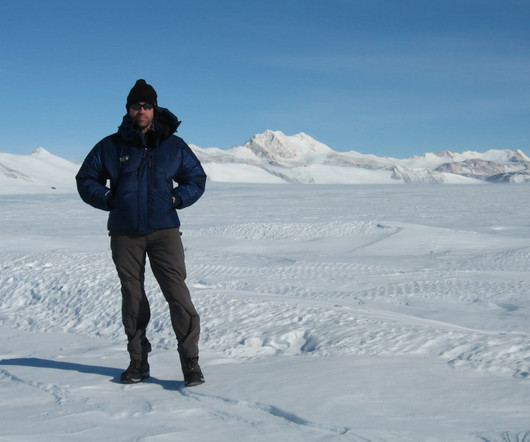
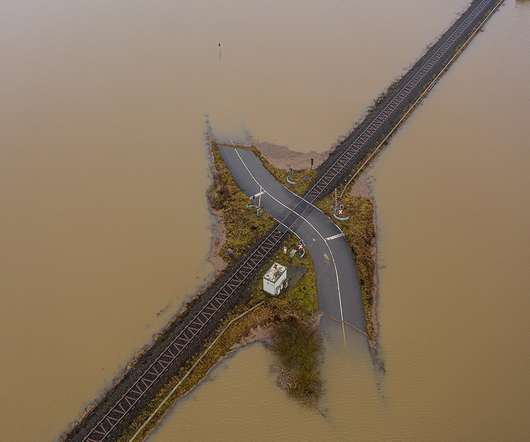

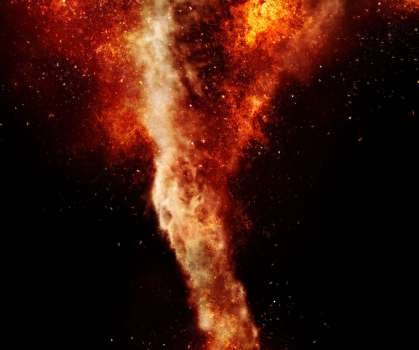
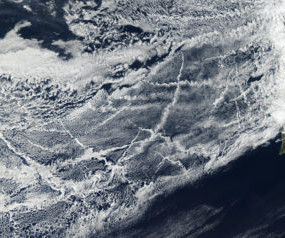
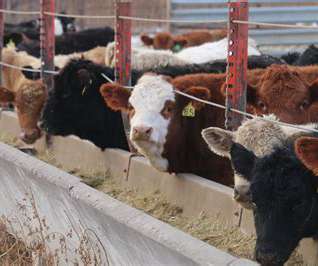






Let's personalize your content